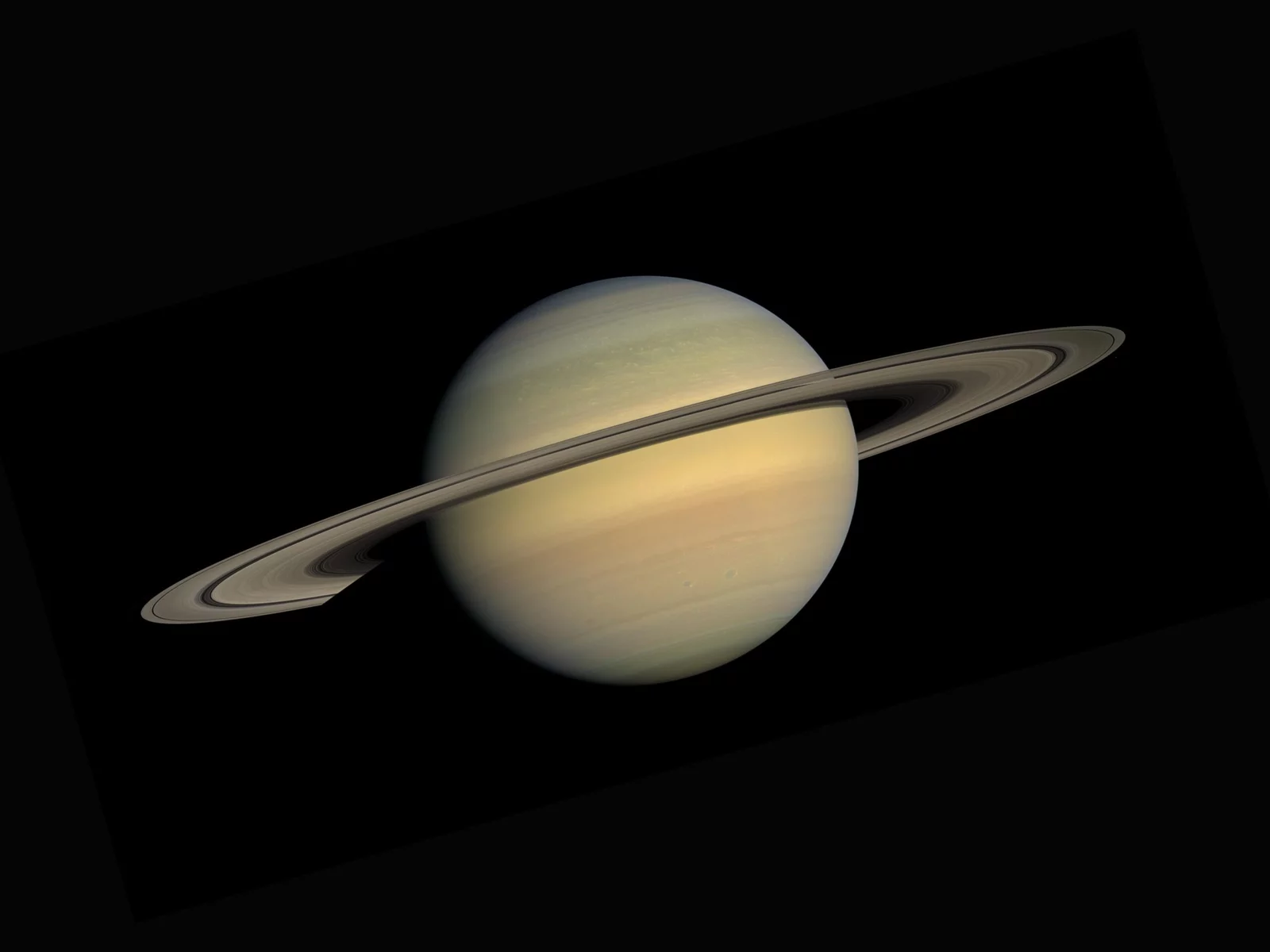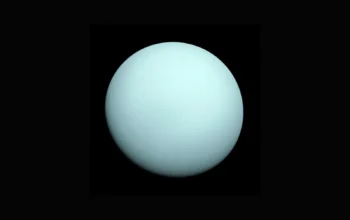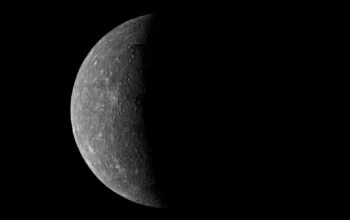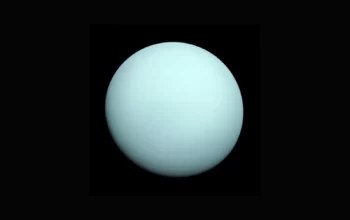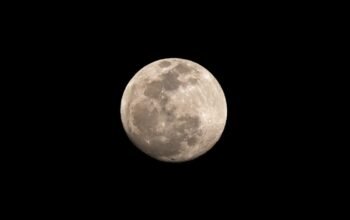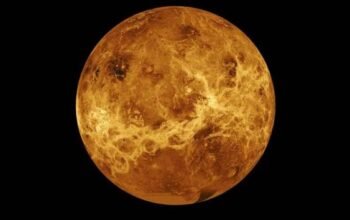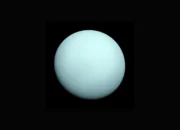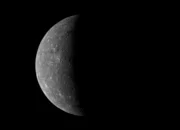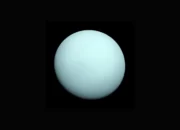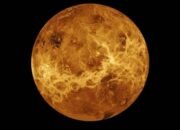middleportal.com – Saturn is the sixth planet from the Sun and the second-largest in the solar system. It is famous for its spectacular rings, which are made of ice and dust particles. Saturn has 82 known moons, including Titan, the largest moon in the solar system. But how long does it take for Saturn to orbit the Sun?
Saturn’s Distance and Speed
Saturn’s orbit around the Sun is very different from Earth’s. Saturn is much farther from the Sun than Earth is — by an average of almost 800 million miles. This means that Saturn receives much less sunlight and heat than Earth does. Saturn also travels at a slower speed than Earth in its orbit around the Sun. Saturn’s average orbital speed is 21,637 miles per hour or 34,821 kilometers per hour, while Earth’s is about 67,000 miles per hour or 107,000 kilometers per hour.
Saturn’s Orbital Period
Because of its distance and speed, Saturn takes much longer than Earth to complete one orbit around the Sun. It takes Saturn about 29.46 Earth years, or 10,755.7 Earth days, to make one full revolution. This means that one year on Saturn is equivalent to almost 30 years on Earth. For example, if you were born on Saturn, you would have to wait until you were 29.46 years old to celebrate your first birthday.
Saturn’s Orbital Shape
Saturn’s orbit is not perfectly circular, but slightly elliptical. This means that Saturn’s distance from the Sun varies slightly throughout its orbit. Saturn’s closest point to the Sun is called perihelion, and its farthest point is called aphelion. The difference between these two points is about 100 million miles. Saturn reaches its perihelion once every 29.46 years, and its aphelion once every 14.73 years.
Saturn’s Rings and Seasons
Saturn’s orbit also affects the appearance of its rings. As Saturn circles the Sun, the angle of the Saturn’s rings relative to the Sun varies by 27.3 degrees. Twice during the 29.5 years, the rings are edge-on to the Sun. This means that the rings are almost invisible from Earth, as they reflect very little sunlight. This phenomenon is called a ring plane crossing, and it occurs once every 14.73 years. The last ring plane crossing was in 2020, and the next one will be in 2034.
Saturn’s orbit also influences its seasons. Like Earth, Saturn has an axial tilt of about 26.7 degrees. This means that different parts of Saturn receive different amounts of sunlight during its orbit. Saturn experiences four seasons: spring, summer, autumn, and winter. Each season lasts about 7.4 Earth years. The seasons affect the weather and climate on Saturn and its moons.
Saturn’s Rotation and Day Length
Saturn’s orbit is not the only factor that determines its day and night cycle. Saturn also rotates on its axis, like Earth does. However, Saturn rotates much faster than Earth. A day on Saturn takes only 10.7 hours, compared to 24 hours on Earth. This means that Saturn spins about 2.2 times faster than Earth. Because of its fast rotation, Saturn is slightly flattened at the poles and bulging at the equator.
Conclusion
Saturn’s orbit and rotation are fascinating aspects of its nature. They affect its climate, seasons, and appearance. Saturn is a remarkable planet that offers many wonders to explore and discover.
